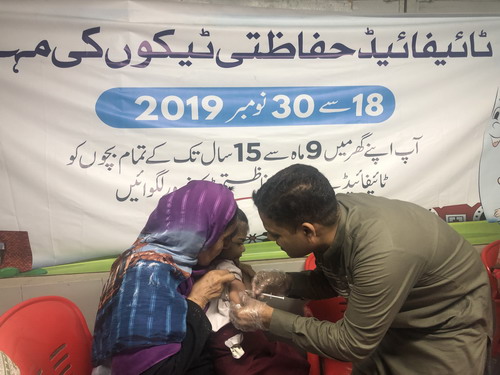By Muhammad Habib Sanai
Jan Khaskheli earns his bread by working as a full-time journalist and as a reporter, he writes on very innovative topics such as birds and their habitats, hidden aspects of ecosystems, plights of artisans, common men of rural areas, fisherfolk, agricultural workers, water situation, crop situation, environmental degradation etc., mostly in English and also sometimes in Sindhi. However, his first passion and love remained in Sindhi literature. Almost twenty years ago his first book of Sindhi short stories “Gum thiyal Manoo jo Safarnamoo”, (Travelogue of a missing /disappeared person) was published contained a collection of his short stories.
During his stay in Karachi from the mid-eighties to mid-twenties, he mostly worked with Sindhi newspapers, but he remained attached to Sindhi Adabi Sangat’s Karachi branch, which was at that time, the most vibrant branch of Sindhi writers and literary-leaning leftist and nationalist political workers. But he also has remained active in Urdu literary circles and attended regular meetings of Awami Adabi Anjman, the Literary Committee of Karachi Press Club etc. Jan has now shifted to Hyderabad,
Jan Khaskheli’s second book, Khawaben je mosam jo hik geet (A song related to the season of dreams) contains his poetry. His third book’s title is Khawabn jo ajaibghar (museum of dreams, which is a collection of his short stories and poetry.
I am presenting here a review of his second book: Khawaben je mosam jo hik geet. This anthology contains 62 prose poems, which mostly were written during the eighties and nineties when he was living in Karachi. As a result, most of his poems are related to Karachi, which is in itself a big departure, especially in Sindhi poetry, because prior to him no Sindhi poet has written about Karachi in that fashion or manner.
Some poems are long and some are short. A recurring theme is not personal woes and love longings, but socio-politico-economic situations and events that occupy his poems. Manoj Kumar, who has written the preface of this book, has termed him a poet historian of pain.
The book starts with a poem about the poor women who got trampled while taking Eid gifts in Joria Bazar, Karachi on 14 September 2009:
To Moon
Attraction for wheat flour forced poverty to join a crowd….
Suddenly laughter of death frightened poverty
Hope got trampled …
Wheat flour got kneaded with bodies…
Sun rays wept on …..
Lyari, which is now a hotbed of gang wars, was once a peaceful and cosmopolitan part of Karachi. He laments its present plight in one poem:
Pain is like bell
When it tolls in streets of Lyari,
Leva dance is started.
In another poem, he talks about Manora and its surroundings:
This sea and temple of Manora …
And that church ….
Oh Time come and use your full strength
To quieten the violent sea
And wipe out smell of hate.
In various poems, he has tried to depict the torment and anguish of Karachi and its residents:
Rose blooming season
Today in our motherland
Bullets are freely playing in streets
… At city circle
Along with heroes of stories, history,
Songs and poems,
Our longings are also burnt.
Relations
All dogs of city
Have become guardians of hate
And for wishing to dream
Today have developed friendships
Once again with stars.
Story of a city
Hundred kissable damsels
And branches of roses
Fell down after getting injured
Get trampled
For their crime of love for life.




گم تھیئل مانھڑو جا سفرنامہ
شاعری جیی کتاب کھپتیی اے